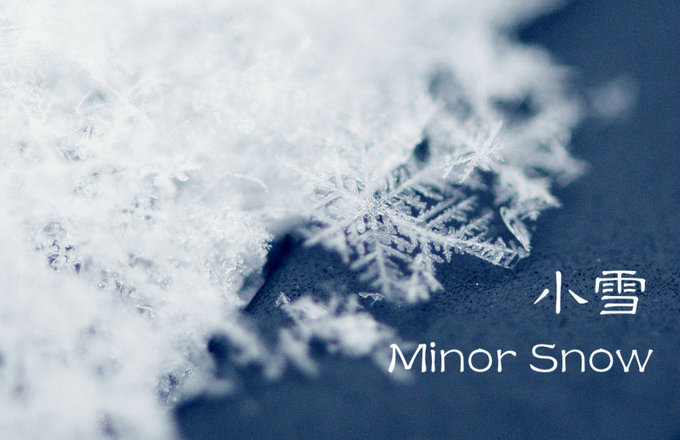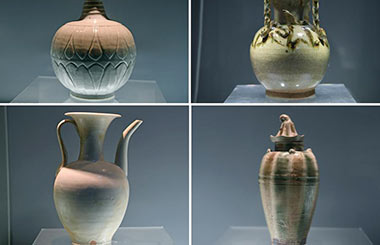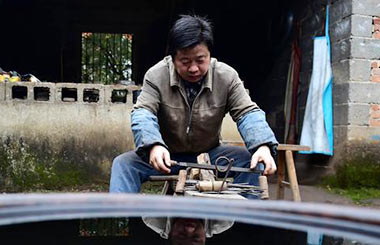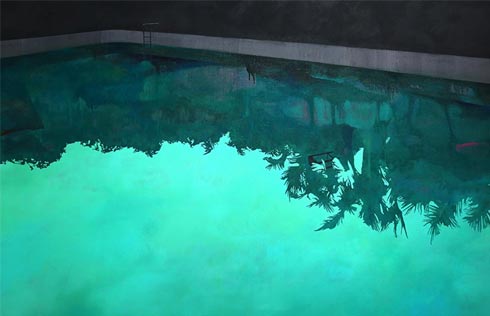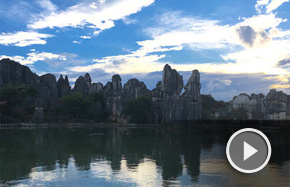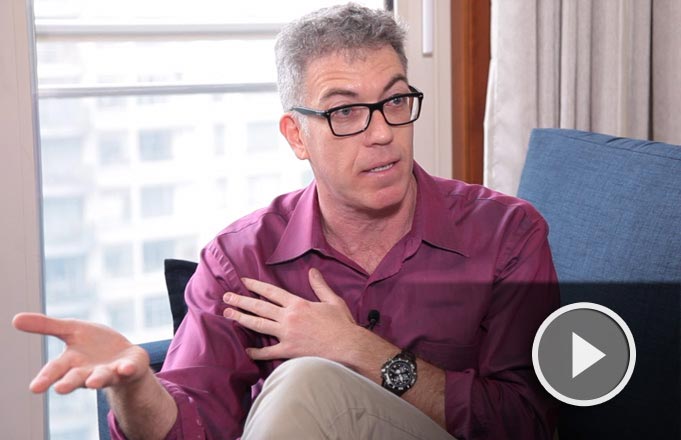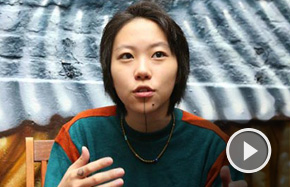Top art school showcasing history of modern design in China
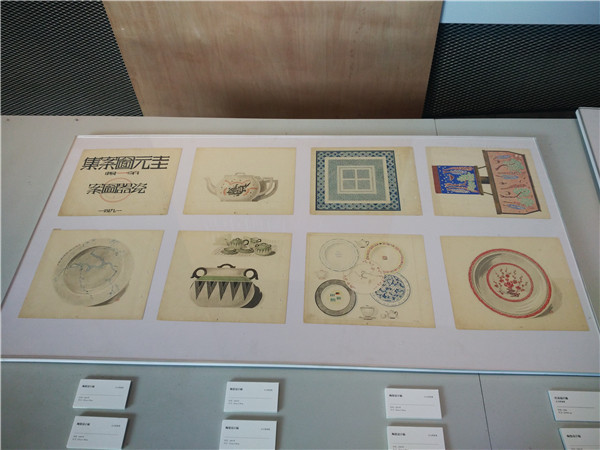 |
|
Photos featuring items designed by Lei Kuiyuan are on display at China Academy of Arts in Hangzhou.WANG KAIHAO/CHINA DAILY |
In 1929, the West Lake Expo was held in Hangzhou, and it helped the local economy of the capital of East China's Zhejiang province, which until then had been struggling due to war and social turmoil.
Decades later, models of the expo's pavilions are on display at an ongoing exhibition organized by Hangzhou-based China Academy of Arts. The show tells the story of how the pavilions were designed mixing Chinese and Western styles.
Design Road, China Academy of Arts, which opened on Saturday, advocates Eastern design and reviews China's design history from the founding of the academy in 1928. The show offers a wide spectrum of exhibits from architecture to fashion and articles of daily use, all from the institute's own collection.
"The mixing of Chinese and Western styles was revealed by the expo pavilions, and has been inherited by the school," says Xu Jiang, president of the academy."Today's definition of design has greatly changed, but we don't want the original simple styles, which are closer to nature, to be harmed by the wave of globalization.
"The exhibition is to let us know better where we come from and remain conscious like our ancestors."
The academy is China's first national higher-education institution for the arts, with an early design school in place.
The exhibition took one year to prepare on the basis of in-depth studies of China's design history in general and the school's evolution.
And, this is only a part of a series of projects the academy has initiated to showcase the beauty of Chinese designs.
While Western designs have expanded to Chinese people's daily lives, ranging from houses to furniture, scholars attending the exhibition feel it is time for a resurrection of Eastern design.
The academy has invited many Western designers to give lectures to students about experiences in their home countries, says Wu Haiyan, head of the academy's design school.
"After more than 30 years of reform and opening-up, China has formed its own experiences," she says. "What is needed now is to establish an academic system to combine them."
In her opinion, functionality, ancient philosophy, a creative mindset, technology and financing can jointly offer a new "Eastern design" form odern society.
Earlier this year, the first annual Design Intelligence Awards were given by the academy.
The prize of 1 million yuan($147,000) for the winner makes it one of the top industrial design awards in the world.
Lu Xiaobo, principal of the Academy of Arts and Design, Tsinghua University, says an Eastern design does not necessarily have to explicitly show traditional Chinese cultural elements.
"China now should have the confidence to showcase modern designs," he says. "But we should not just pursue it as a fad. In ancient China, people advocated that the biggest philosophies are expressed in simple shapes."
Some pioneering Chinese designers, who were long neglected by the public, are in the spotlight now.
Lei Kuiyuan: The Master of Modern Design in China, an exhibition showcasing Lei's blueprints in various fields such as indoor decorations, pottery and stage design, opened a day earlier than Design Road at the academy.
Lei led the academy's design school in its early days. The displayed items do not feel out-of-date though many were designed in the 1940s.
"If China had to have a father of modern design, Lei would be a candidate," says Hang Jian, vice-president of the academy, who launched the exhibition on Lei.
Lei not only thought the field helped the economy, but also saw it as an aesthetic education for the public.
"We now advocate care for local cultures and seek to return to traditional patterns, but this is something Lei promoted more than 80 years ago," Hang says.
If you go
Design Road, China Academy of Arts
9 am-5 pm (Mondays closed); through Dec 6. Art Museum, China Academy of Arts, 218 Nanshan Road, Shangcheng district, Hangzhou.
Lei Kuiyuan: The Master of Modern Design in China
9 am-5 pm (Mondays closed); through Dec 15. Folk Crafts Museum, China Academy of Arts, 352 Xiangshan Road, Xihu district, Hangzhou.
wangkaihao@chinadaily.com.cn




